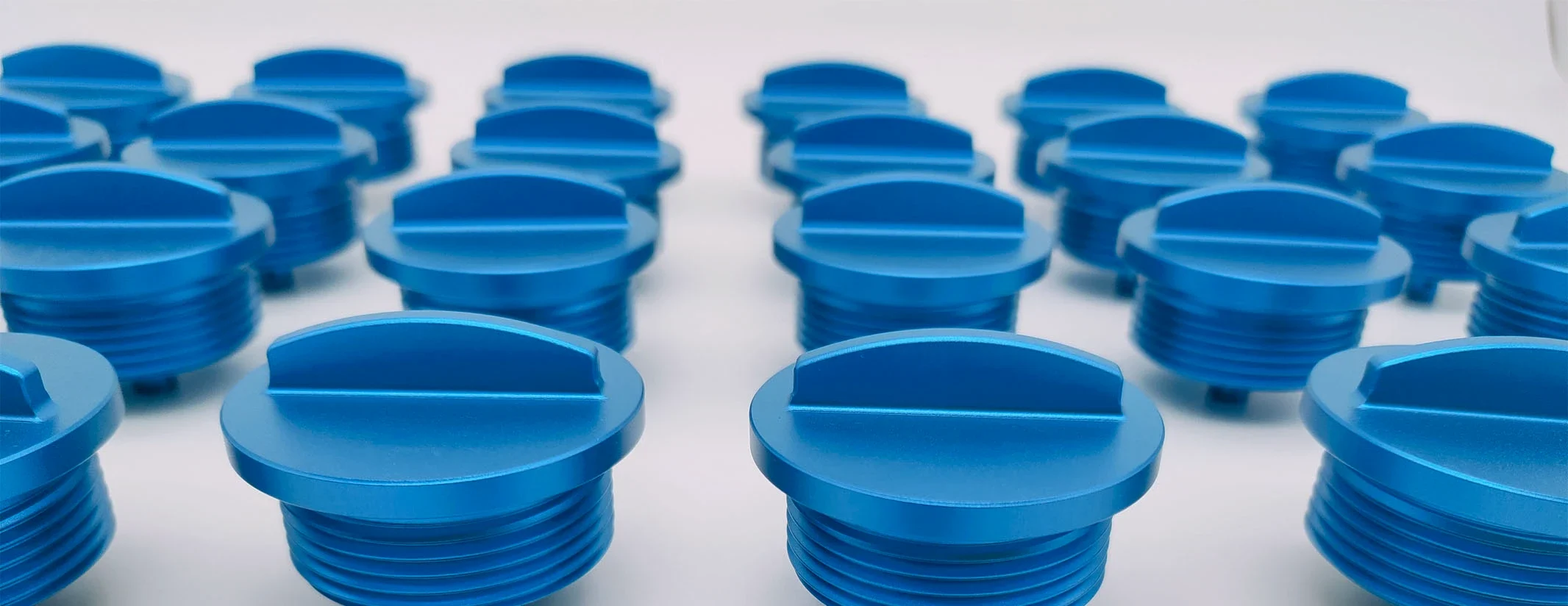Computer numerical control machining, CNC machining for short, is a broad topic, confusing most readers because of the variety of similar processes done by distinct CNC centers. Sometimes it may be difficult to understand why not use only one piece of machinery for each part being manufactured.
Read below about all existing types of CNC machines, their descriptions, and distinctive purposes, and learn why to utilize one or another CNC center for a specific component.
Types of CNC Machines
Milling CNC Machine
CNC mills are precise machines that operate by rotating cutting tools while removing material from a fixed workpiece. They are highly versatile and can produce slots, treads, shallow, flat surfaces, and other face-milled features. They can work with asymmetrical and complex designs.
Milling CNC machines can be either horizontal, not universal, but suitable for long workpieces, or vertical ones, having long and thin cutting tools intended for any shape cutting. Milling machines can be modified in many ways. For instance, some of them may have up to 12-axis versus regular 3-axis centers. Others may have automated pallet changers with robots.
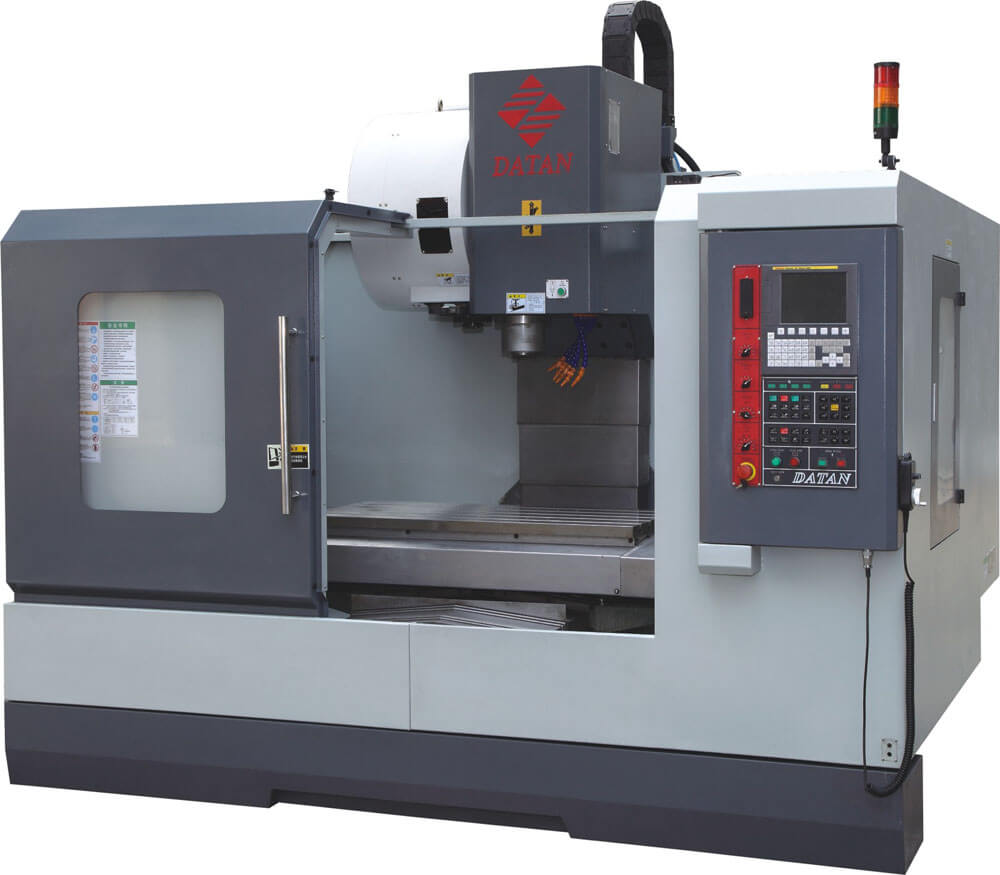
Lathe/Turning CNC Machine
The most distinctive feature of lathe and turning machines (which are more advanced types of lathe) is that they rotate a workpiece during the machining operation. Their cutting tools are fed in a linear motion along with the rotating bar stock, shaping a material until the desired design is achieved. Such machines are perfect for symmetrical designs.
Lathe/Turning machines are presented with various models, some of which are 5-axis ones, while others have integrated milling, drilling, and tapping functions. As milling machines, lathe/turning centers are versatile and can be modified for any manufacturer’s needs.
Drilling CNC Machine
Not as versatile as the previously described CNC centers, drilling machines are still highly prevalent for many manufacturers and effective. CNC drilling is the use of rotating cutting tools to produce round holes in a workpiece being held stationary. The purpose of such holes is usually to accommodate machine screws or bolts during the further assembly process.
While being similar to milling machines, CNC drills move the cutting attachment in a vertical motion only. Frequently, milling and drilling functions are united in one advanced CNC milling and drilling center.
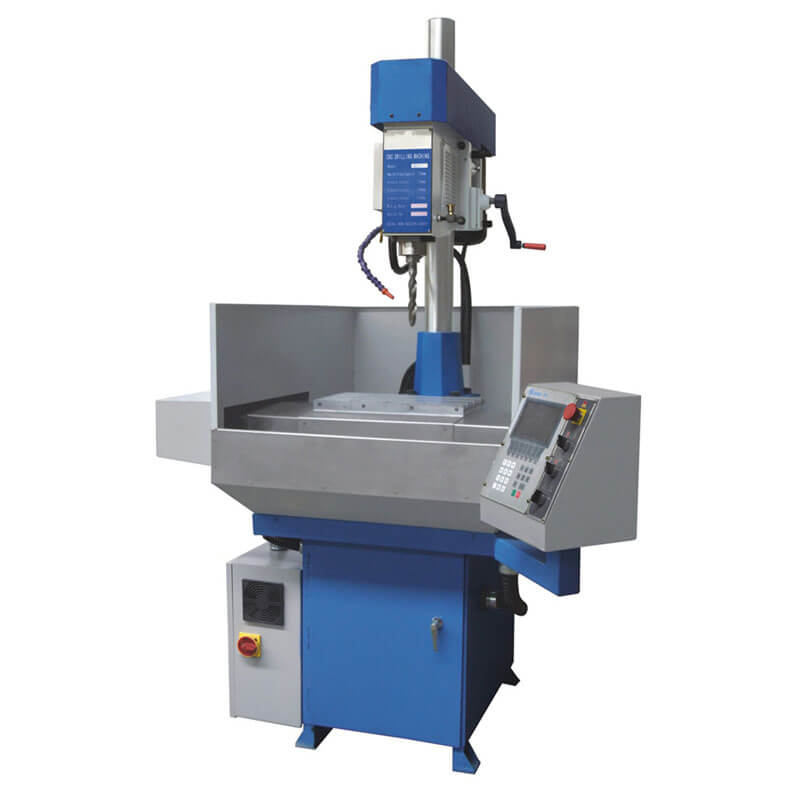
CNC Boring Machine
Boring is a technique that is intended to enlarge an existing pre-drilled or cast hole. The principle of CNC boring machines functioning is pushing a single-point cutting tool attached to a rotating spindle into the existing holes and moving circularly against its sides, cutting the material off.
Boring CNC centers are less prevalent in industrial processes than milling or turning ones, which may have boring or reaming cutting tools. However, they still are a frequent equipment unit in large manufactures, fulfilling enlarging function effectively. Some advanced centers incorporated milling, turning, drilling, and boring operations.
CNC Grinding Machine
Grinding is referred to as a machining process intended for hard-fine machining of workpieces. A CNC grinding machine uses a rotating grinding wheel, thus, achieving material removal using cutting. A grinding wheel is a symmetrical part, abrasive grits of which are held together by a bond. It cuts materials with the sharp edges of the abrasive grits. The quality of surfaces obtained is as high as possible, and complying with measurements is precise.
Grinding machines are usually applied as equipment for surface finishing in the late stages of manufacturing. CNC grinding machines may have automated loading and unloading facilities.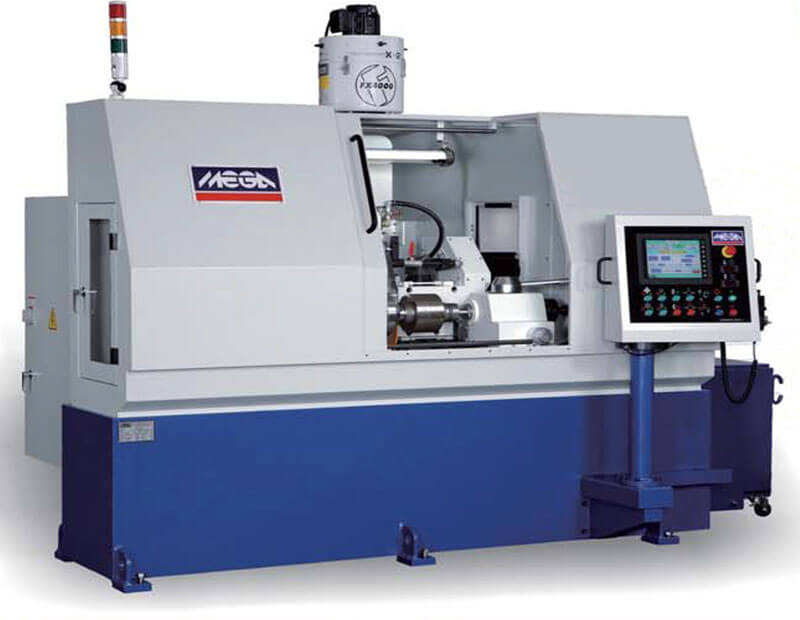
Waterjet Cutting CNC Machine
This CNC cutter uses water, often with an added abrasive, supplied under high pressure. Although water is not the sharpest and most sustainable tool for removing parts of solid material, waterjet CNC machines can cut through plastic, metals, and even granite.
Most waterjet CNC machines are 2-axis and cut only the profile of a workpiece. However, some models with up to 5 axes are also available. Such centers are cheaper in purchasing and maintenance compared to others, such as laser or plasma cutters.
Laser Cutting CNC Machine
Automated laser cutters have a pointed router that produces a highly focused laser beam that can cut, slice, or engrave materials. Typically, the laser heats a material and makes it melt or vaporize, creating a cut of any shape in materials.
Compared to other CNC machines, laser cutters are suitable for a wider range of designs, and their cuts do not need additional finishing processes. CNC laser cutters can be used for decorating components and may be used to add extra design to previously processed parts. The advanced laser cutters are 6-axes robot-driven ones.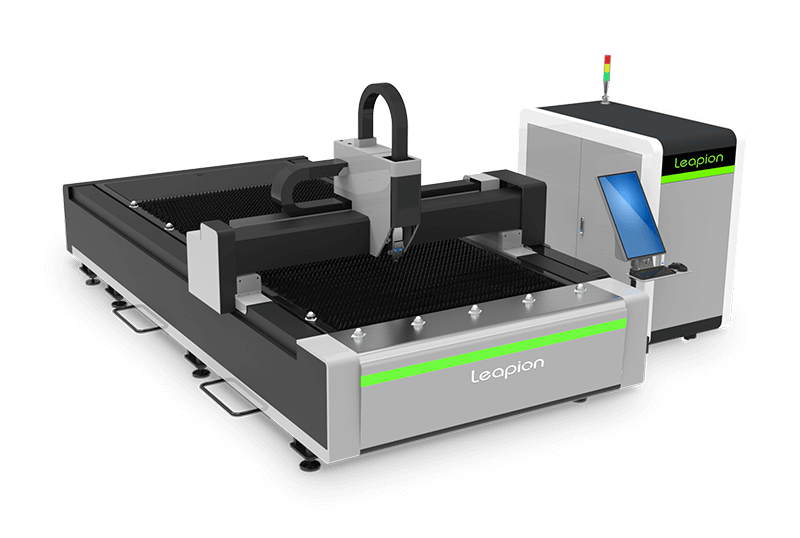
Plasma Cutting CNC Machine
CNC plasma cutters use a high-powered plasma, which is electronically ionized gas, to cut materials. Plasma touches achieve up to 50,000 degrees Fahrenheit and melt through the workpiece, creating the desired shape. The maximum metal thickness suitable for plasma cutting is about 1 inch. Such machines also require a source of compressed air and a substantial amount of electrical power.
However, plasma cutters can work only with electrically conductive materials, such as steel, aluminum, brass, and copper. Other materials, like granite, wood, and plastic, cannot be cut using this CNC center. 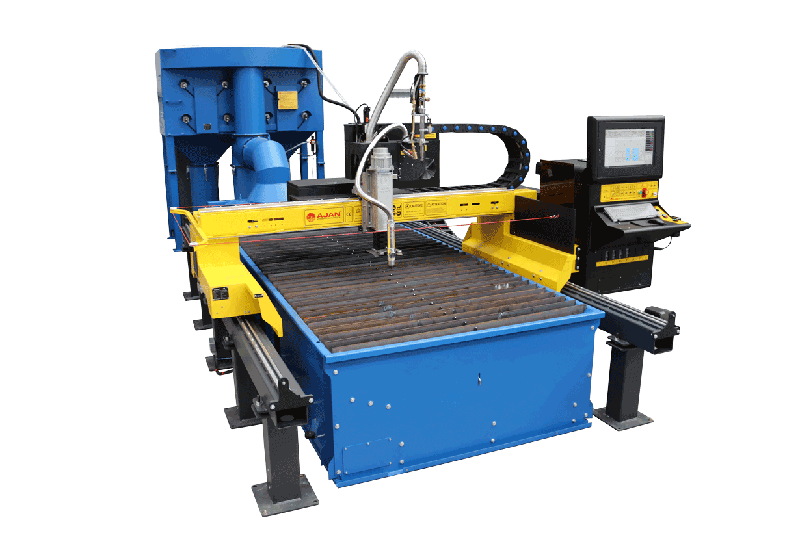
Electrical Discharge CNC Machine (EDM)
Such automated centers are also known as spark CNC machines. They use controlled electric sparks to process a workpiece to the desired shape. In contrast to electrical discharge that degrades elements from which it is conceived, sparks are more efficient and less dangerous due to the absence of a transient effect. A component is placed under the electrode wire and exposed to intense (up to 21,000 degrees Fahrenheit) heat, which melts the material being further flashed away with liquid to achieve the desired shape.
EDM CNC machines are primarily used for creating micro holes, slots, and other complicated features that are difficult for other centers to cut. 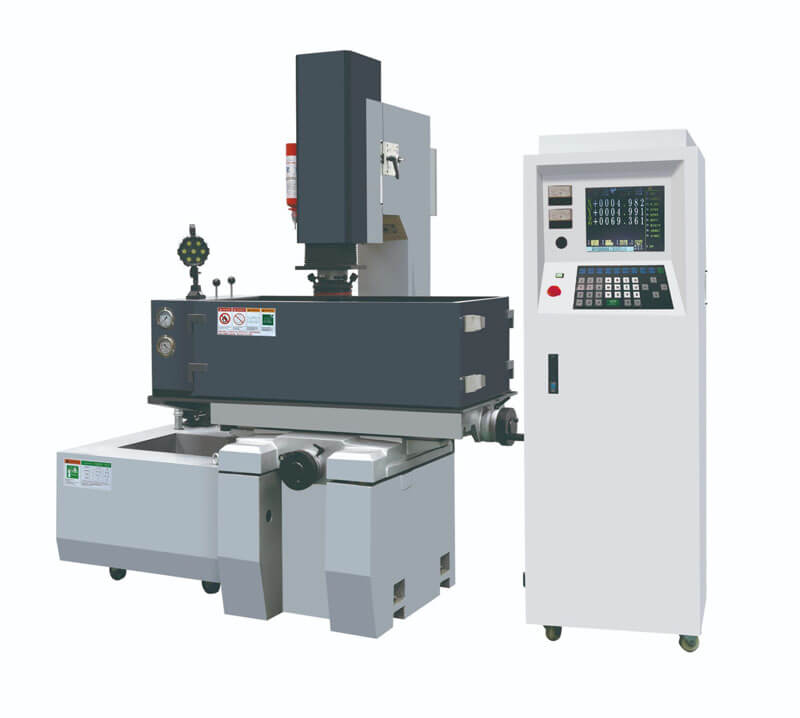
CNC Router Machine
This piece of machinery is highly prevalent among companies that provide carpentry services. They are used to create intricate shapes in various materials by cutting out edges, dadoes, and rabbets. Manual carpentering has always been a time-consuming process, while CNC based one enables complex designs without compromising manufacturing speed.
A CNC router works similar to milling and drilling machines, carving shapes in a workpiece by the spindle. Usually, CNC routers are presented with 3-axis models.
3D Printer CNC Machine
It may be surprising that 3D printers are considered to be CNC machines. However, they are automated and intended to manufacture components, as any other CNC center does. They are also run by G-code programs created with the help of CAD/CAM software.
3D CNC printers extrude thin layers of molten material, mostly plastic, thus, forming three-dimensional parts. This process called “additive manufacturing” is highly effective in creating objects that vary in shape, size, rigidity, and color. They may have other cutters’ functions integrated.
Pick and Place (PNP) CNC Machine
This automated center does not form designs by cutting, heating, or building from layers but rather composes complex electronic equipment from micro components. PNP CNC machine is a robotic assembly device that lifts parts with a piece of tape, rotates them to the right orientation, and places them on a circuit board.
PNP automated machines are often used as parts of production lines, which arrange components moving on a conveyor belt. Such pieces of machinery are difficult to set up but highly effective in placing micro components.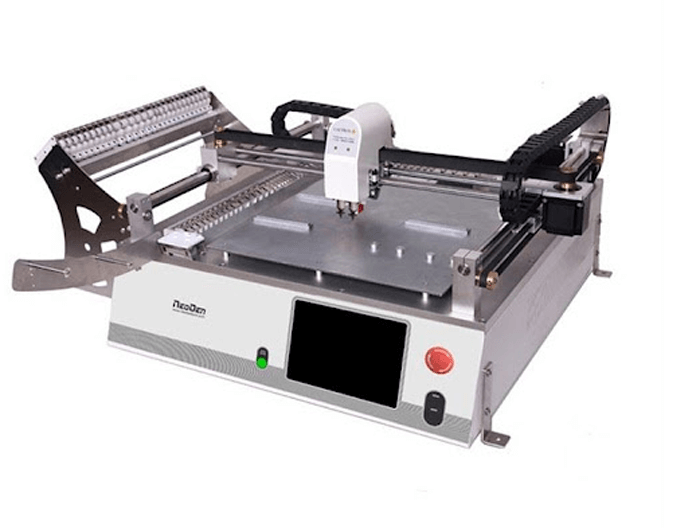
Summary
There are a variety of CNC machines available nowadays. Most of them intended to complement each other, rather than replace, or to work with some specific types of materials or designs that are hardly achievable by other CNC centers.
In most situations, it is possible to choose a machine that suits a particular manufacturer better than others or incorporate the functions of many CNC centers. Therefore, for each distinct case, a certain CNC machine would be more convenient and effective than others.
Considering the high cost of these CNC machines, it is easier to start your project by outsourcing cnc machining. ECOREPRAP provides CNC turning, CNC milling, sheet metal fabrication, and 3d printing with advanced technology and professional engineers. Contact us and get your projects started!
